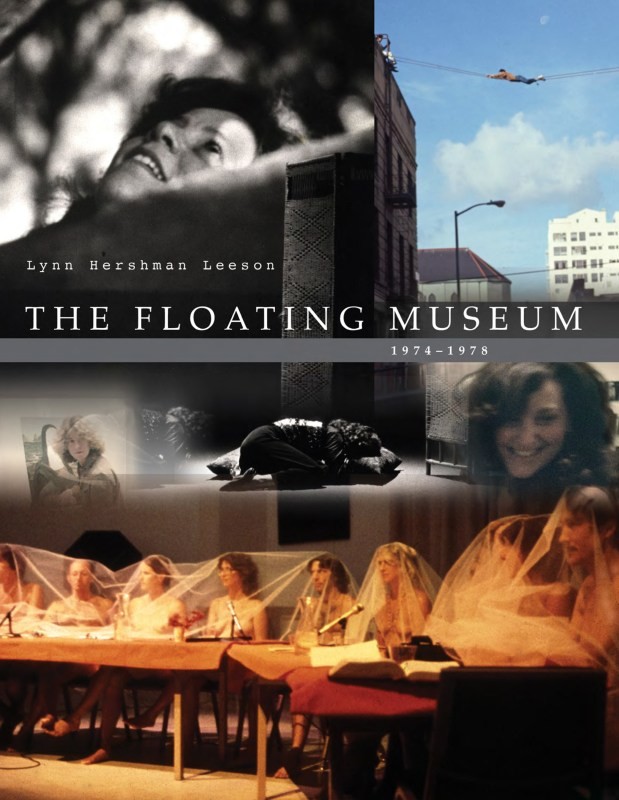Lynn Hershman Leeson is joined in conversation with David Senior, Chief of Library and Archives at San Francisco Museum of Modern Art to discuss The Floating Museum.
The Floating Museum was a temporary museum that, over its lifetime, from 1974-1978 commissioned over 350 artists to create work that existed outside the very limited boundaries of traditional museum spaces. It was intended to “recycle space” wherever it existed, from the walls of San Quentin prison to the landscapes of Fort Point and even the Bay Area Rapid Transit Artists used mediums not yet accepted by traditional museums and galleries, such as performance, photography, comic drawings, video, soundscapes and all manner of site specific locations (though that term had not been yet invented). It was designed to be temporary. Its structure became the model for Creative Time and PS1, amongst others. Though the archive is in Stanford University’s Special Collections Library, its history was unknown. This was the motivation of this book, to make accessible this influential project so that it could be added to the history of that time.
1275 Minnesota St America/New_York publicThe Floating Museum: Lynn Hershman Leeson in conversation with David Senior
Lynn Hershman Leeson is joined in conversation with David Senior, Chief of Library and Archives at San Francisco Museum of Modern Art to discuss The Floating Museum.
The Floating Museum was a temporary museum that, over its lifetime, from 1974-1978 commissioned over 350 artists to create work that existed outside the very limited boundaries of traditional museum spaces. It was intended to “recycle space” wherever it existed, from the walls of San Quentin prison to the landscapes of Fort Point and even the Bay Area Rapid Transit Artists used mediums not yet accepted by traditional museums and galleries, such as performance, photography, comic drawings, video, soundscapes and all manner of site specific locations (though that term had not been yet invented). It was designed to be temporary. Its structure became the model for Creative Time and PS1, amongst others. Though the archive is in Stanford University’s Special Collections Library, its history was unknown. This was the motivation of this book, to make accessible this influential project so that it could be added to the history of that time.
